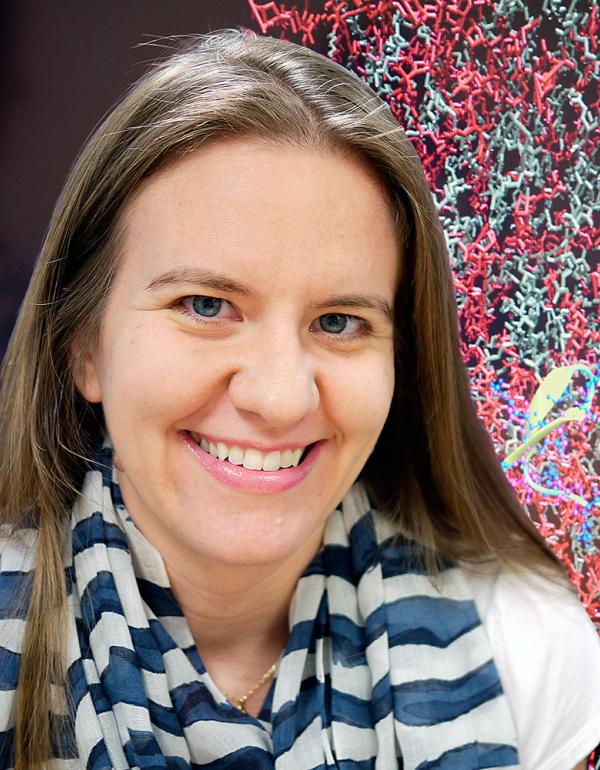Effect of Physiological Environment on Neurodegenerative Peptide Aggregation

Dr. Silvina Matysiak, UMCP
Host: Dr. Pratyush Tiwary
Abstract: Molecular-level self-assembly/aggregation processes are common in biomolecular systems. Specifically, peptide aggregation results in the formation of biomolecular deposits (amyloid), which has been associated with neuronal dysfunction leading up to neurodegeneration. Peptide aggregation is often influenced by several environment-derived entities, which can modulate this pathological process in a specific or non-specific manner. In this talk, I will present on the molecular mechanism of how the environment modulates amyloid aggregation with biomolecular simulations. To study this process at long spatial and temporal scales, we created and applied computational models at coarse-grained (CG) resolution. Our CG models can capture the biophysics of environment-stimulated conformational transitions that are common with neurodegenerative peptides. Experimentally it has been observed that lipid membrane surfaces, hyperglycemic conditions and components of the extracellular matrix can modulate in different ways amyloid formation and the aggregate morphology. In this presentation, I will describe the molecular mechanism of how crowding, membrane curvature, peptide-lipid and peptide-polysaccharide/
Statistical Physics Seminar


